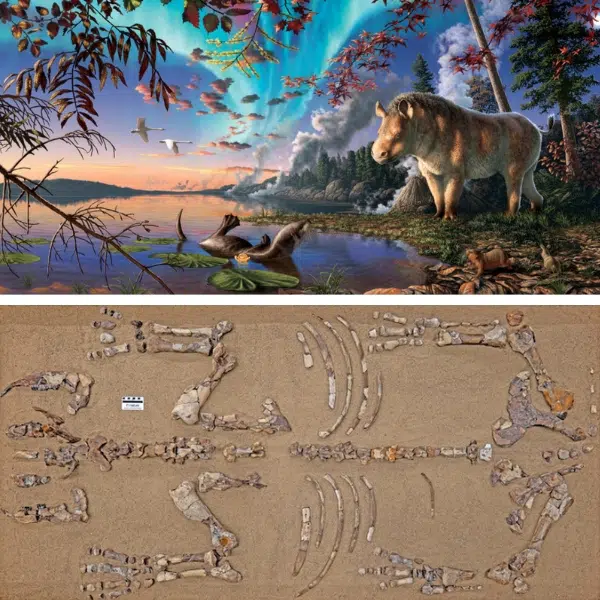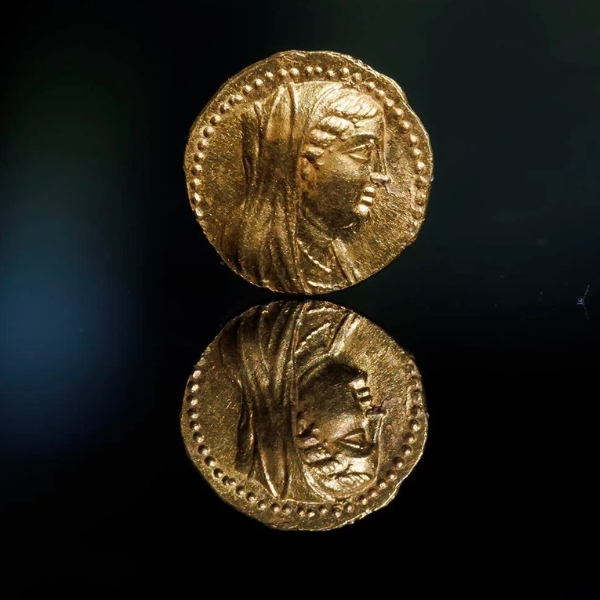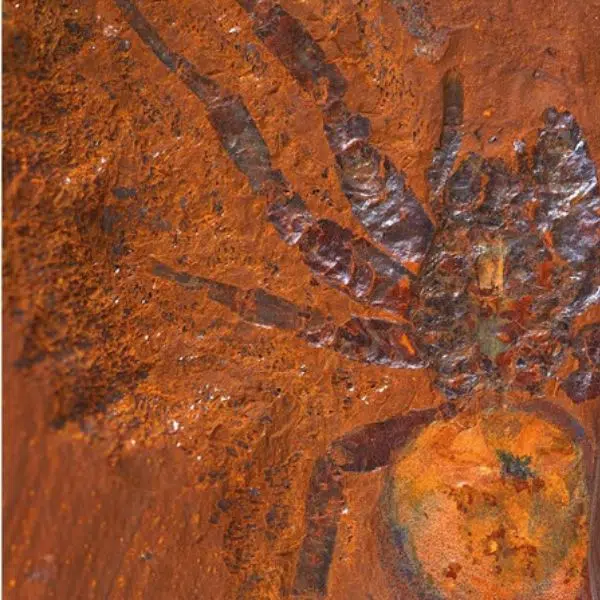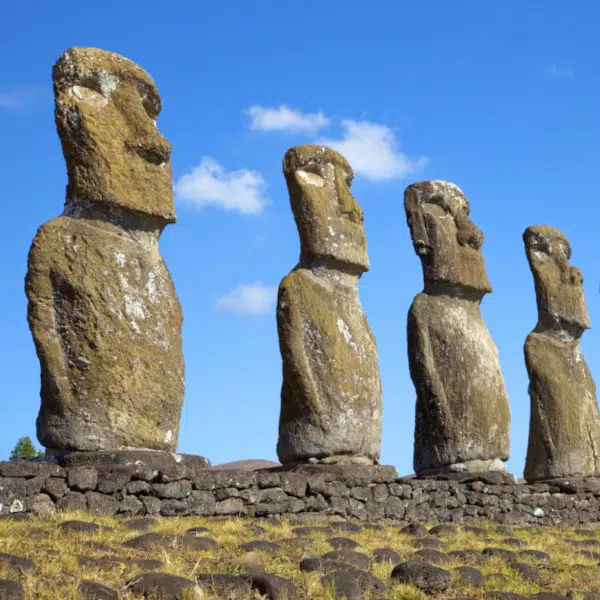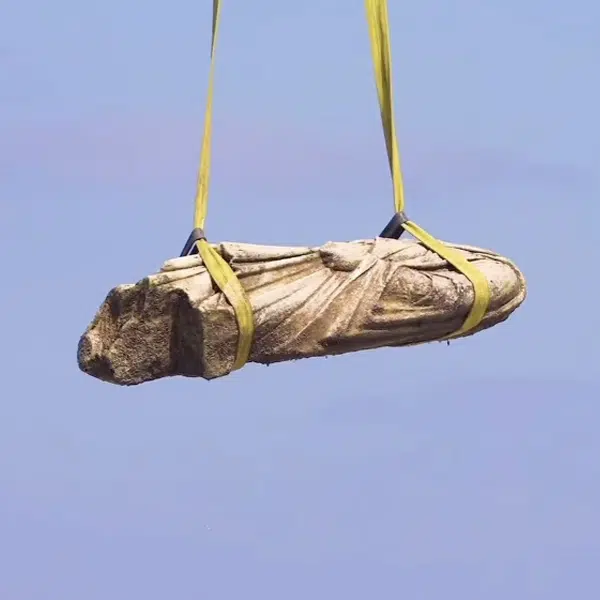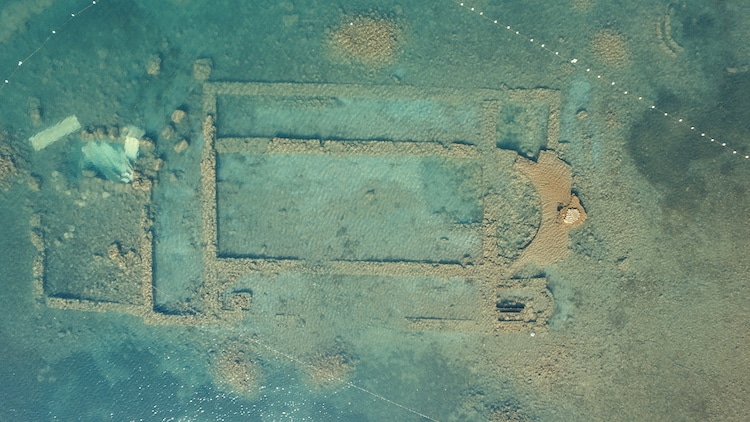
Today, the Turkish town of Iznik is best known for its stunning ceramics. But historically, it was an important cultural center during the Byzantine and early Christian periods. These ancient roots showed themselves in 2014 when a 1,600-year-old basilica was found submerged off the shores of Lake Iznik.
Incredibly, the ancient ruins had gone unnoticed until government surveyors stumbled upon them. For Dr. Mustafa Şahin, head of archeology at Bursa Uludağ University, it was quite a surprise. “When I first saw the images of the lake, I was quite surprised to see a church structure that clearly,” he recalled. “I was doing field surveys in Iznik [since 2006], and I hadn't discovered such a magnificent structure like that.”
In 2015, Dr. Şahin led a team in an underwater excavation to discover more about this basilica, which lays six to 10 feet underwater and 165 feet offshore. The team was able to learn quite a bit about the early Christian church during their dig. Not only did they date the basilica to the late-4th or early-5th century CE, but they learned that it was most likely built over a pre-existing structure.
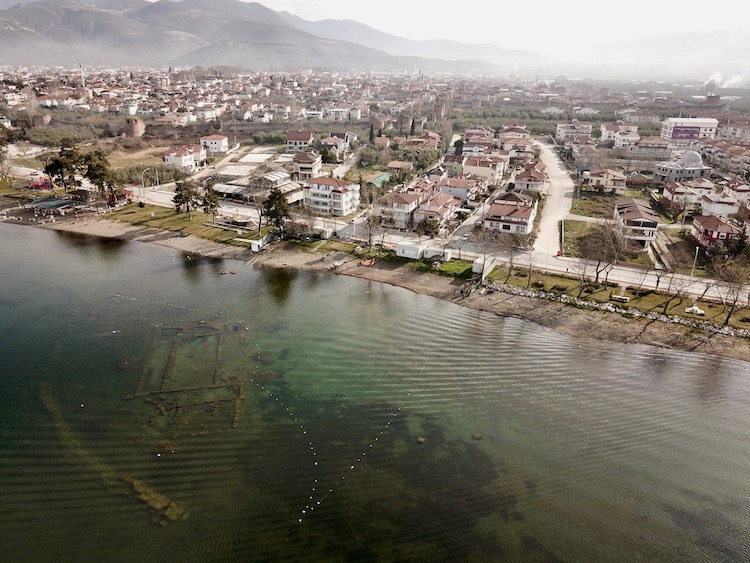
This was common practice at the time and would explain why the floor was originally 1.6 feet lower than the walls. They also found no evidence of mosaic or stone floors, leading researchers to believe that the existing structure probably had an earthen or wood floor. They also found several graves on site, as well as the skeletons of several young children and a middle-aged adult.
Burials at the site would have been common at the time, due to the church's close connection with St. Neophytos. This saint was martyred in Nicea when he refused to make a sacrifice to the pagan gods under the orders of the governor. It's believed that the basilica, which was constructed outside of the city walls, sits on the site of St. Neophytos' grave and it was not unusual for worshippers to want their graves close to that of a saint.
As archeologists continue their work, they're looking to unravel another mystery. Dr. Şahin believes that the building the church sits upon may be a pagan temple dedicated to Apollo. Ancient records show that the Roman emperor Commodus built this temple in Nicea just outside the city walls. Excavations have turned up coins and fragments of ancient lamps that would date properly with the construction of the temple.
While archaeologists continue their research, there are plans to transform the site into an underwater museum in order to give more people to chance to view this sunken wonder.
In 2014, researchers discovered an ancient basilica submerged in Turkey's Lake Iznik.
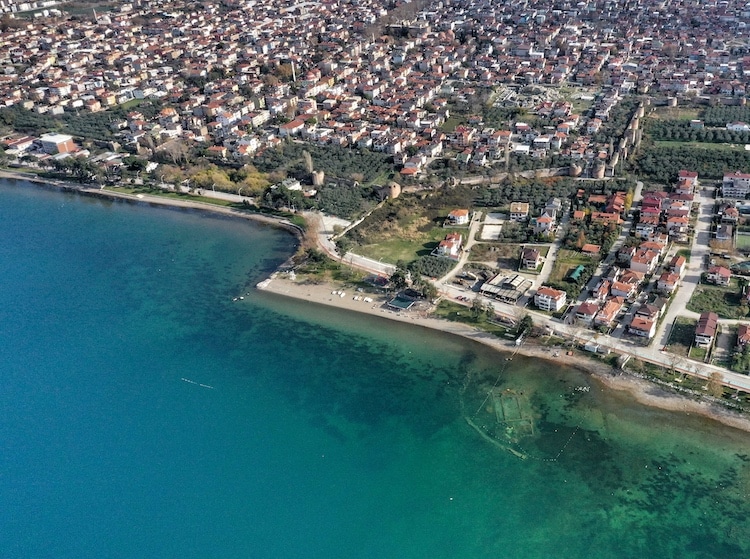

h/t: [Live Science, Biblical Archeology Review]
My Modern Met granted permission to feature photos by Dr. Mustafa Şahin.
Related Articles:
Medieval Italian Village Sunken in Lake Will Resurface for the First Time in 27 Years
Buried Treasure Chest Worth $2 Million Is Discovered in the Rocky Mountains
Archeologists Used AI to Discover 143 Ancient Drawings in Peru













































































